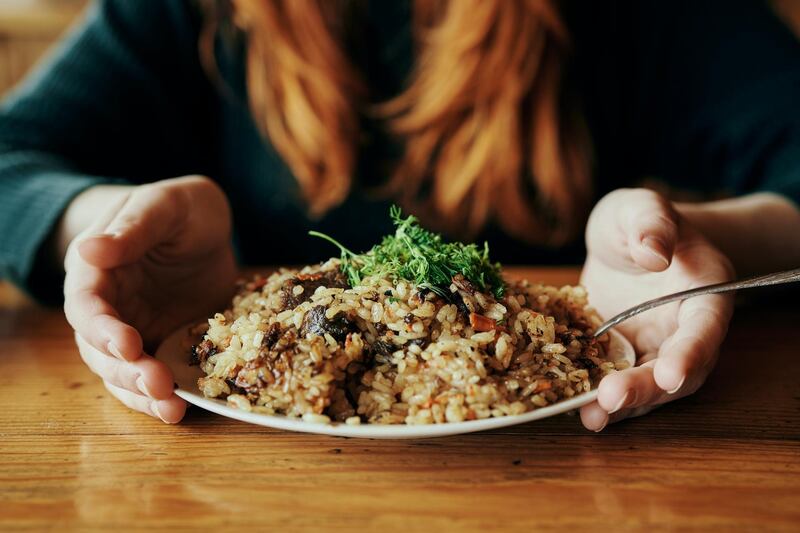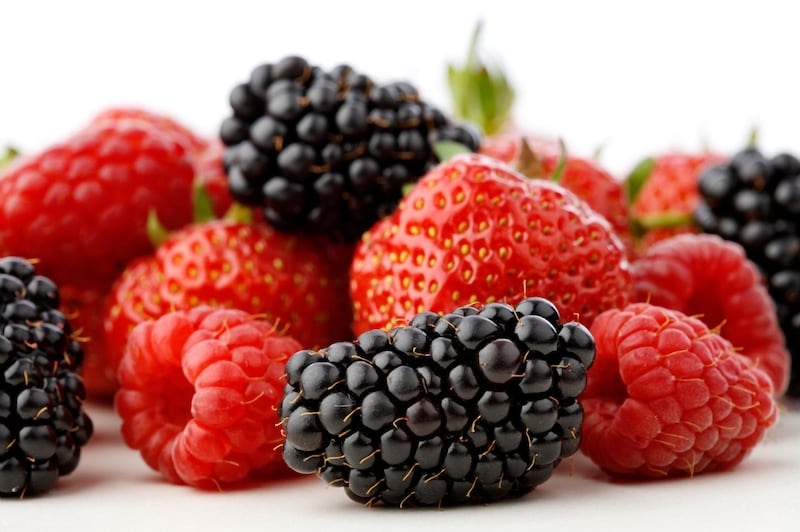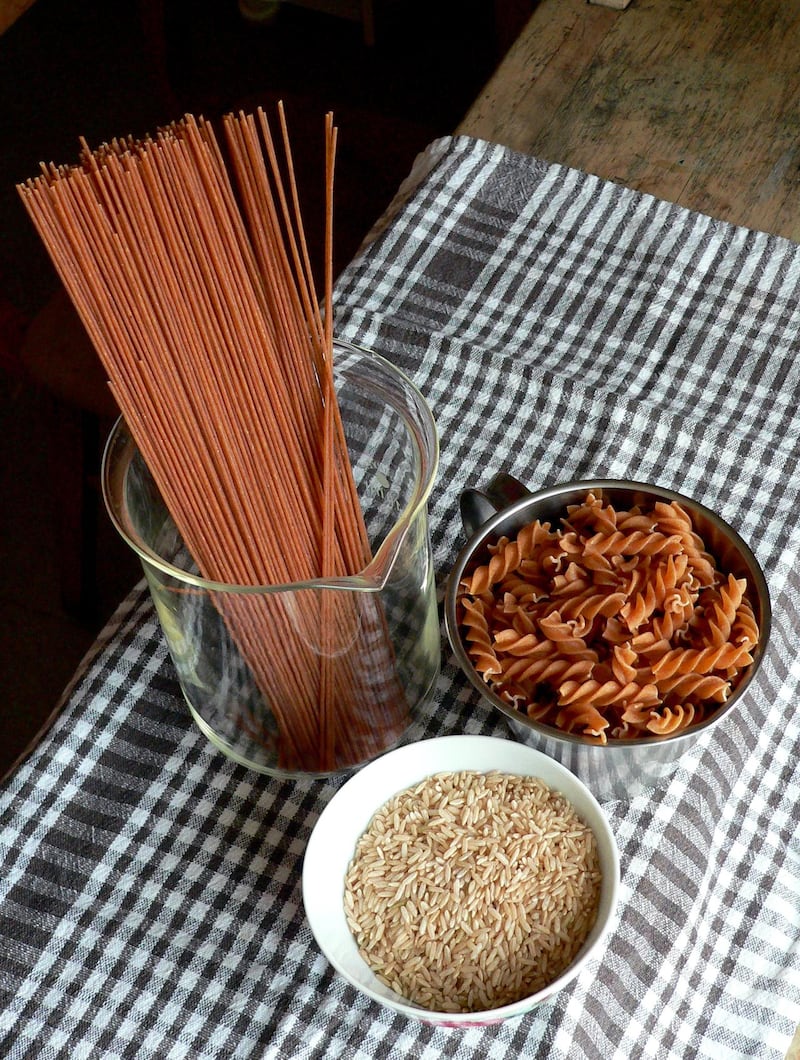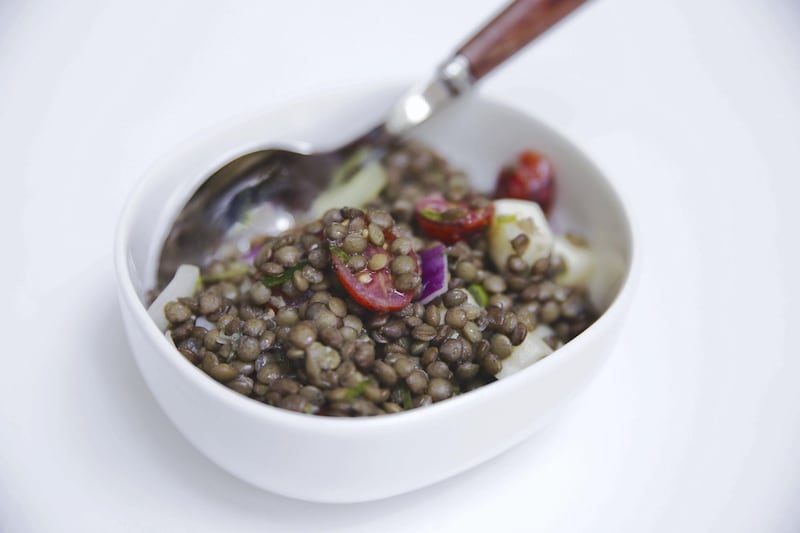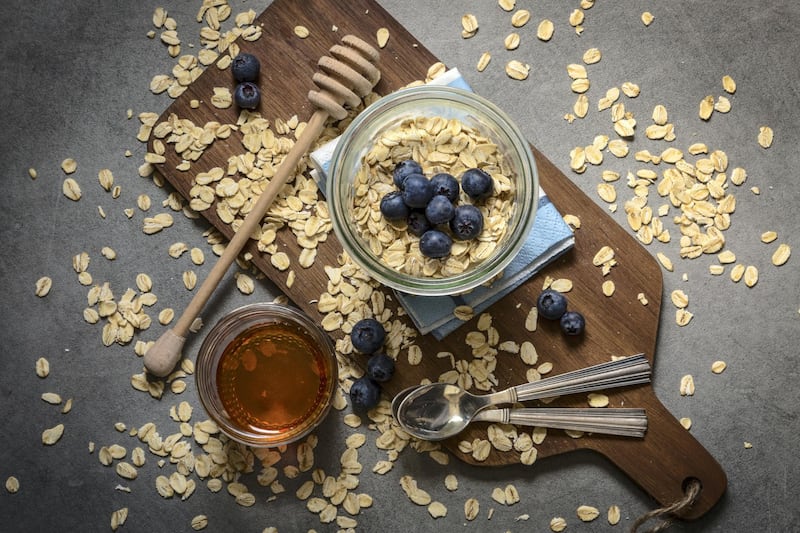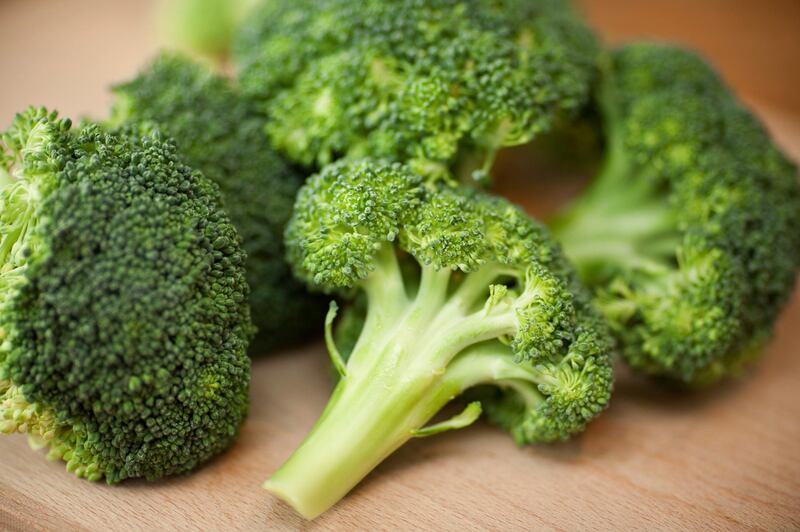A widespread study led by the Harvard School of Public Health last month states that cutting carbohydrates from your diet can increase the risk of a premature death. Exclusion diets and weight-loss regimes, which often slash all traces of bread, potatoes and pasta, can do more harm than good, the 15,400-people investigation found over its 25-year duration.
While eating too many carbs (70 per cent or more) is damaging, we need moderate levels of starchy carbs, enough to make up 50 to 55 per cent of our daily intake, balanced by other nutrients. In other words, half of the energy that you get from food should come from carbs.
The experiment, which also took into consideration the combined results of previous studies totalling 432,000 people, reports that the highest risk group is one that replaces carbs with meat and cheese, that is protein and fat.
Kristy Pemberton, lead dietitian at Cleveland Clinic Abu Dhabi, concurs: "Previous research shows that although low-carb diets may have a short-term health benefit, especially for those looking to lose weight or control diabetes, the long-term benefit is insignificant," she says. "The findings in the Harvard study support what we recommend to our patients who wish to follow a healthy diet and reduce the risk of chronic disease, which is a moderate intake of carbohydrates with a focus on wholegrain or plant-based sources."
Nutrition 101
The simplest definition of a carbohydrate is a source of food that provides the body with energy, and that is a good source of vitamins and minerals. However, not all carbs are created equal. There are two main types: simple sugar and complex carbohydrates.
"Although the fundamental process of digestion is the same for both types, people differ in their tolerance and handling of carbohydrates," explains Heba Khalid, a dietitian at RAK Diabetes Centre in Dubai. "When the diet consists more of simple sugars and refined carbohydrates, which the body breaks down rapidly, such as table sugar, rice, pasta and starchy vegetables, some may notice an elevation in blood triglyceride levels, bad cholesterol and insulin resistance. On the other hand, carbohydrates that are digested and absorbed slowly, such as wholegrains, fruits and vegetables, can control insulin response and reduce lipid profile. Other benefits of such a low-glycemic diet include increased vitamins, minerals and fibre intake," Khalid says.
Fibre, which can help to keep you fuller for longer, is key here. “Fibre can also promote good bowel health, reduce the risk of constipation, and some forms of fibre have even been shown to reduce cholesterol levels,” adds Ruba El Hourani, head dietitian at RAK Hospital. “It is advisable to consume 25 grams of fibre a day for women and 35 grams for men,” Hourani suggests.
So what carbs should you eat?
So what carb-loaded foods should you eat? Rashi Chowdhary, nutrition expert, diabetic educator and founder of Dubai’s Protein Bakeshop, says: “The only carbs I recommend are those from rice, sweet potato, veggies and very little fruit. Rice and sweet potato are the cleanest carbs available to us, since they are free of antinutrients. More than adding just any carbs, we need to worry about their source. We can get carbs from high fructose corn syrup, table sugar, candy bars, as well as from rice, wholegrain cereals and vegetables. So be smart and pick the [latter].”
_________________
Read more:
[ Recipe: aubergine and sweet potato coconut curry ]
[ Good news for Dubai gym-goers: 30 mins, 3 times a week should get results ]
[ A sodium-balanced diet is well worth its salt, say experts ]
_________________
While the Harvard study specifies starchy carbs, most of the nutritionists we spoke to lean more towards non-starchy variants. Not one of them recommends feasting on white bread or buttered mashed potatoes, for example.
“Some great non-starchy vegetables to add to your carbohydrate intake include butterhead lettuce, cucumber, arugula, onions, mushrooms and asparagus. [Good] starches can be found in yams, carrots, beans, beets, corn and peas. Three servings of vegetables every day is a healthy amount of carb intake,” says Dr Charushila Thadani, director of health services at Aetna International.
“Fruits, especially berries, are another great alternative,” she adds, “as they get their carbohydrates from fibre and fructose, both of which are non-starchy. One or two servings of these are essential and what’s great is that they make for an energising snack, and can work as desserts or a side dish.”
Five healthy carbs and how to eat them:
Don’t let the study’s 50 per cent figure fool or confuse you into thinking you can up your optimal calorie intake. As Pemberton explains: “Portion size depends on a person’s age, level of activity and size. A general rule of thumb is that a portion of carbohydrates [for a healthy adult] at main meal times should be about the size of a closed fist.
“Additionally, we recommend combining carbohydrates in a mixed meal that also has protein, non-starchy vegetables and healthy fat. Wholegrain, whole fruit [never fruit juice], vegetable and legume-based carbohydrates contribute significant amounts of soluble and insoluble fibre to the diet. If chosen wisely, they can result in longer satiety and be useful in helping to control body weight,” says Pemberton.
Not overcooking your carbs is another factor to be mindful of. In fact, many experts suggest not cooking vegetables at all in order to preserve their nutritional value. “Take broccoli, for example,” says Roma Megchiani, functional nutritionist at Dubai’s 77 Veggie Boutique. “The right way of cooking any food is at minimal temperatures, so steam your broccoli for one minute instead of boiling the nutritional value out of it. If you’re worried about the taste, get creative: add some spices or olive oil and make your food more interesting yet healthy.”
Reintroducing carbs into your diet
If you’ve been on a meal plan with low or no carbs, it’s imperative that you don’t reintroduce these in a rush or make them part of half your daily consumption overnight.
“Adding carbohydrates after a stint of low-carb dieting can cause a yo-yo effect if done too fast or incorrectly, because carbs can cause the body to overcompensate by storing large amounts of body fat,” explains Khalid. “Instead, introduce them back to your body slowly. A typical low-carb diet involves eating 30 grams to 50g of carbs a day for five days, then carb-loading 100g to 200g for a day or two, and so on. Also high-glycaemic carbs can cause a huge spike in insulin. Instead, stick to low-glycaemic ones, and eat oatmeal, brown rice, wholegrain breads and pastas.”
Thadani adds: “Eggs, meats and seafood are even healthier when they are grilled or boiled, and contain less than 5 per cent carbs. Adding these kinds of foods, along with low-carb fruit and vegetables will make it relatively easy to transition from a strict low-carb diet to a healthier, more inclusive one.”
